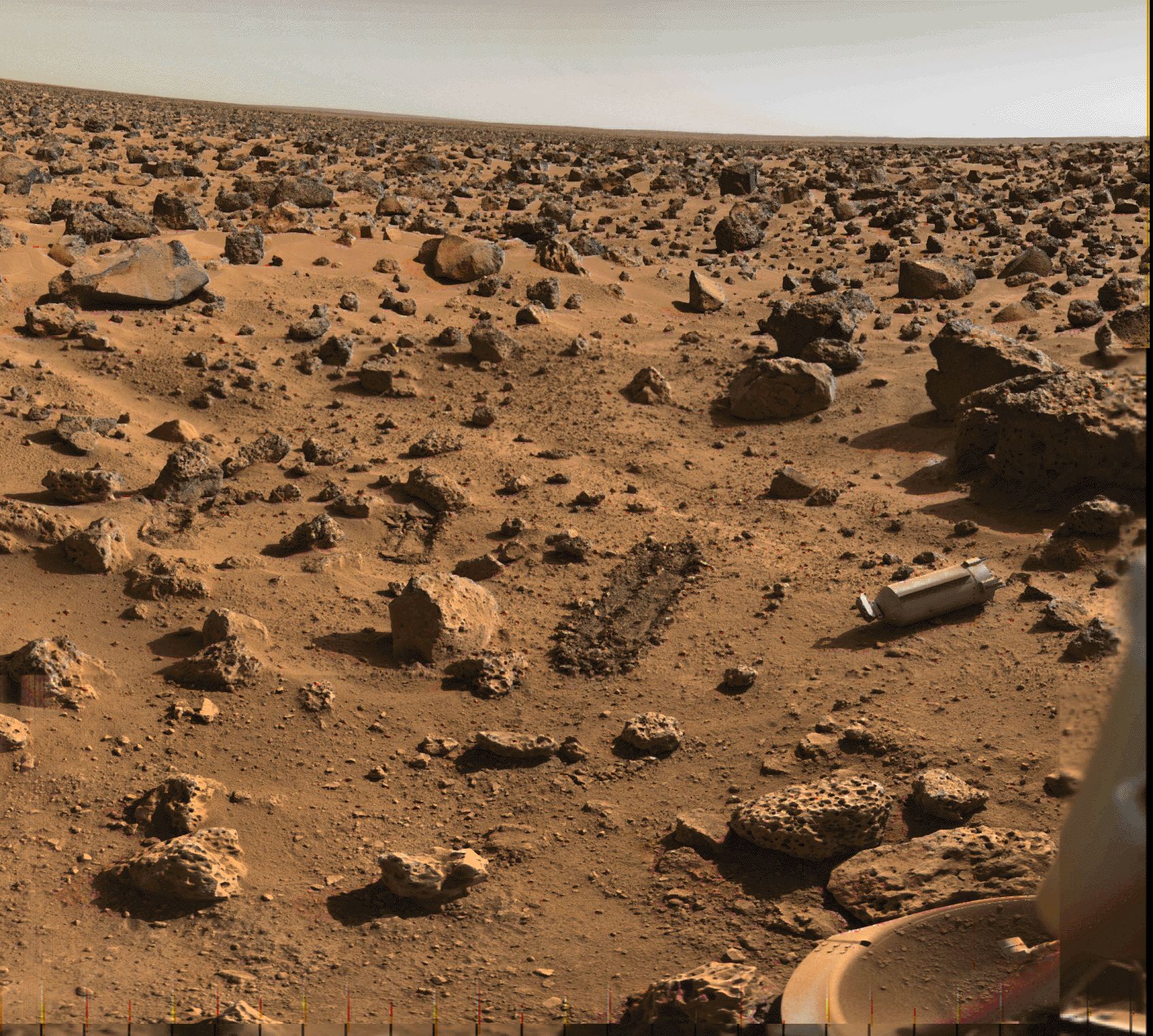There is a mood of disapointment going on among the general public, despite the apparent fact that Phileas has already accomplished most of what was expected of it. We're still awaiting a more comprehensive publication of the data collected, which is due to come on thursday.
My own take on the disappointment comes from the fact that what really captured people's imagination about the pictures taken from the Venera, Viking and Voyager probes were pictures from planets like Venus, Mars, Jupiter, Saturn etc.... High resolution images of those exceeded the imagination. What we got from planets and their varous moons were far weirder and more complex than we ever imagined.
We expected comets to consist of dirty, rocky and icy material. Well, that's exactly what they are. And with such low mass and gravity , and therefore no complex reactions taking place on their surfaces that's exactly what they were always going to be...
The latest update we got is that no drilling into the surface was possible because underneath the dusty, soft layer, the material is so dense and hard that the hammer at its most penetrating broke trying to drill into the surface.
Basically we have learned that this comet is far denser and sturdier than we thought.
That in itself is quite informative scientifically speaking, but it's hardly likely to capture the public's imagine compared to what's happening on Venus, Saturn etc is it?






